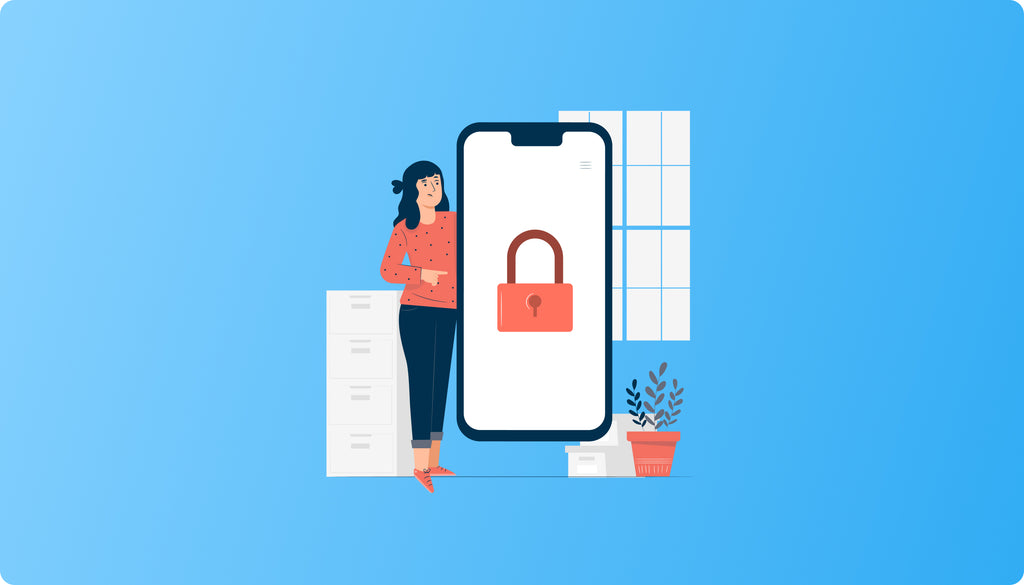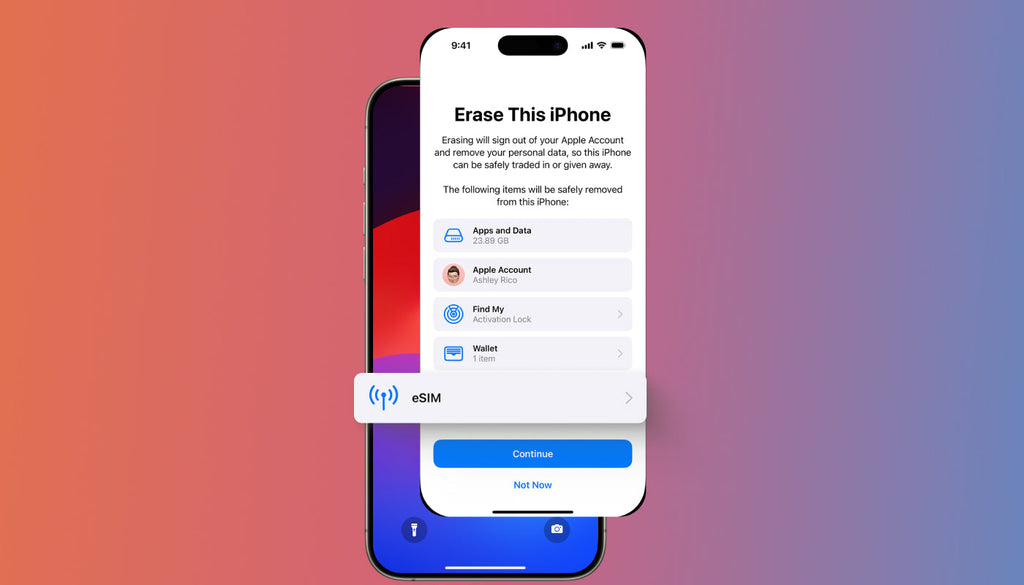Locked devices vs. Unlocked devices
There a few questions that our support team deals with on a daily basis. One of the most popular one, has to do with unlocked/locked devices. As a global provider of roaming internet solutions for GSM enabled devices, we at Keepgo service clients from all over the world who use way more devices than we can even guesstimate.
But first we need to understand what locking actually is.
 |
Learn more about our products and plans |
| Check our plans |
Learn more about our products and plans |
 |
| Check our plans |
A locked device is a cellular device that is able to accept only 1 type of SIM card; the SIM card that belongs to the cellular provider it was originally bought from. For example, when you buy a cell from T-Mobile, you will not be able to use an At&t SIM card on that cell, it will not accept it as it does not belong to T-Mobile. And vice versa – you will not be able to use T-Mobile’s SIM cards inside cell bought from At&t. Some people often confuse jailbreaking and unlocking, those are not one and the same – unlocking is a procedure that enables your phone to accept other SIM cards. While jailbreaking is a procedure of removing set operating system limitations, thus giving you full control of your device’s software (but not changing hardware limitations).
What does this mean for you? It means that you: A – will need to buy a different phone if you want to switch carriers. B – will not be able to use KeepGo’s SIM card when going abroad. C – can’t sell/give your phone to people who are not using your carrier as well.
Why do carriers do that? In one word, money. The more you are confined to their network the more you are likely to stay, and as a result pay them more money over time.
What can be done about this? In two words, unlock it. Though the answer is simple, executions is often difficult when it comes to modern smartphones. The protections that exist will prevent you from easily unlocking your device. The much easier solution is to ask your carrier to unlock it – but as the rules and regulations change throughout the various countries of the world, not all carriers will agree to this request (often, the country’s law must require this from carriers – they do not do this voluntarily).

So what types of unlocking are there? There are 4 types of unlocking:
- Factory unlocked – This means the device was never meant to be sold by a carrier, and was already unlocked when it left the manufacturer’s factory.
- Carrier unlocked – This means the device was previously locked as it was meant for a specific carrier, which later unlocked it for use with other carriers (usually, at the customer’s request).
- Carrier unlocked (for overseas use) – some carriers will unlock your device for use overseas, enabling you to use any carrier, other than the ones who are competing with that carrier at your home country. *This is what Verizon and Sprint do with their iPhones, they claim their iPhone to be unlocked, but in reality, you are unable to use it with At&t SIM card or any other US operator.
- User/software unlocked – This means the device was bought from a carrier, and later was unlocked by someone other than the carrier or manufacturer. This method is the most unstable one, as devices might become locked again if the user upgrades the phone firmware or installs updates (like with iPhone updates for iOS). *Due to Apple’s efforts to curb the unlocking phenomenon, there are currently no unlocking tools for iPhones with iOS 5, only iOS 4 and below.
As more and more people around the world join the middle class, and the spread of the internet and smartphones is increasing by millions every day. So does international travel with advanced and data consuming smartphones becomes a necessity for a growing number of modern travelers. Since your carrier’s roaming rates is one of the fastest ways to spend your parents retirement savings. We highly recommend unlocking your device to enable it to accept our SIM card (for instance). Which can bring about savings up to 85% on international roaming rates, compared to those your carrier will charge you for using the same network abroad. Combine that with our global coverage of over 200 countries and you have yourself a real tailored solution for all your global data needs.
Enjoy 3Ging…




